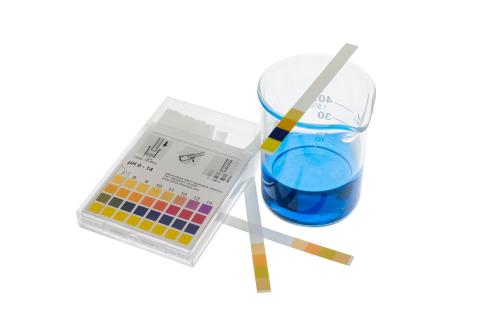 Acids, bases, salts
Acids, bases, salts
SAILS Inquiry and Assessment Units showcase the benefits of adopting inquiry approaches in classroom practice, exemplify how assessment practices are embedded in inquiry lessons and illustrate the variety of assessment opportunities and /or assessment processes available to science teachers. They show how evidence of student learning can be collected and evaluated using a variety of methods such as classroom dialogue, teacher observation, presentations, peer-assessment, self-assessment, student artefacts, and use of assessment rubrics. An integral part of each unit is the case study narratives of how the teachers implemented and adapted the material, how they approached inquiry in their classroom, how feasible the lesson was with the class group and how they assessed their students’ learning. Teachers have adapted and adopted many different assessment strategies to assess the same skill, as described in the case studies. The SAILS units contain ready-to-use learning aids, greatly enriched by models of how teachers may support their students with frequent and personalised feedback when they are engaged in biology, chemistry and physics inquiries.
The SAILS Inquiry and Assessment Units showcase a range of methods used to assess inquiry skills. The first section in each unit provides the key content and concepts. The second section gives ideas on how the activities can be implemented, how the skills and competencies involved can be assessed and how teachers have used the assessments. The third section provides a synthesis of the case studies of how the teaching approaches and assessment strategies were implemented in at least three countries.
The SAILS Inquiry and Assessment Units showcase a range of methods used to assess inquiry skills. The first section in each unit provides the key content and concepts. The second section gives ideas on how the activities can be implemented, how the skills and competencies involved can be assessed and how teachers have used the assessments. The third section provides a synthesis of the case studies of how the teaching approaches and assessment strategies were implemented in at least three countries.
 Acids, bases, salts
Acids, bases, salts
 Black tide – oil in the water
Black tide – oil in the water
 Collision of an egg
Collision of an egg
 Electricity
Electricity
 Food and food labels
Food and food labels
 Global warming
Global warming
 Household versus natural environment
Household versus natural environment
 Light
Light
 Natural selection
Natural selection
 Oranges
Oranges
 Plant nutrition
Plant nutrition
 Polymers
Polymers
 Proof of the pudding
Proof of the pudding
 Reaction rates
Reaction rates
 Speed
Speed
 Ultraviolet radiation
Ultraviolet radiation
 Up there... how is it?
Up there... how is it?
 Which is the best fuel?
Which is the best fuel?
 Woodlice
Woodlice